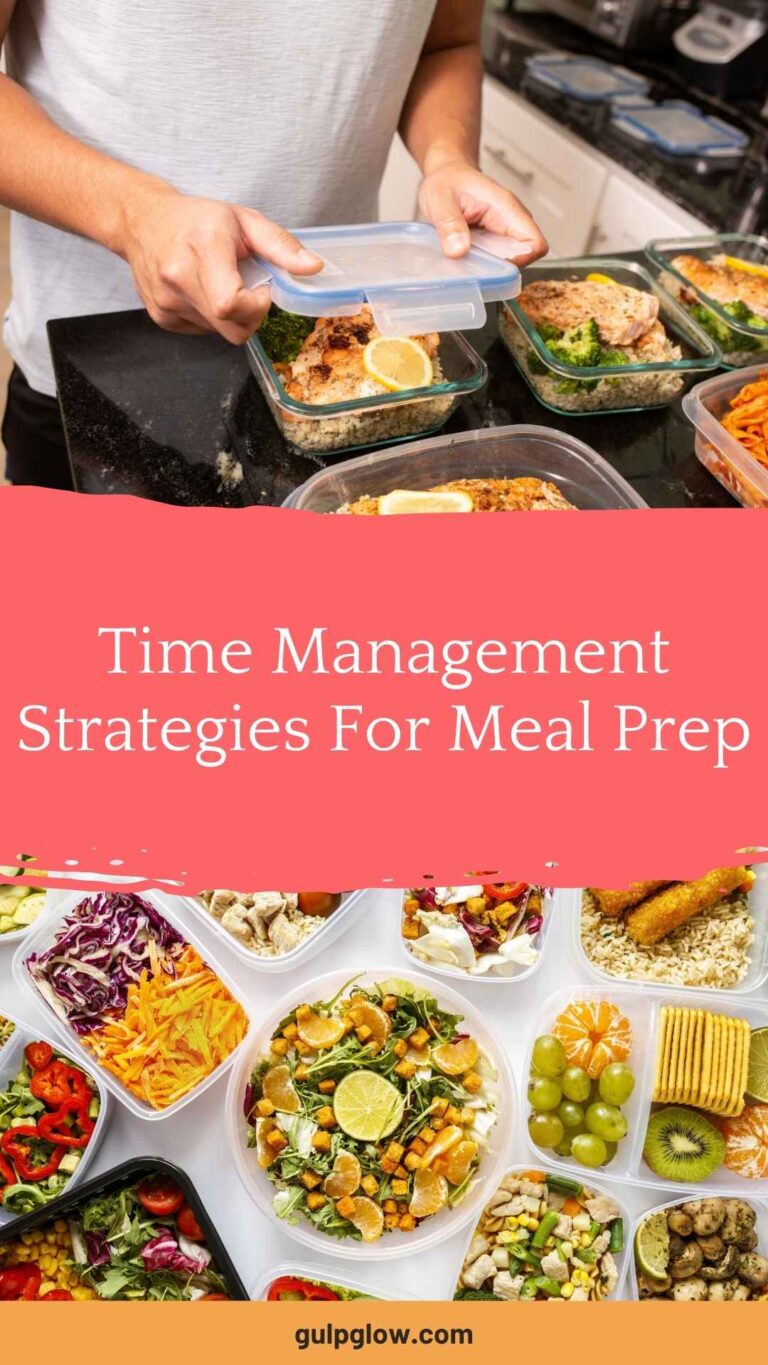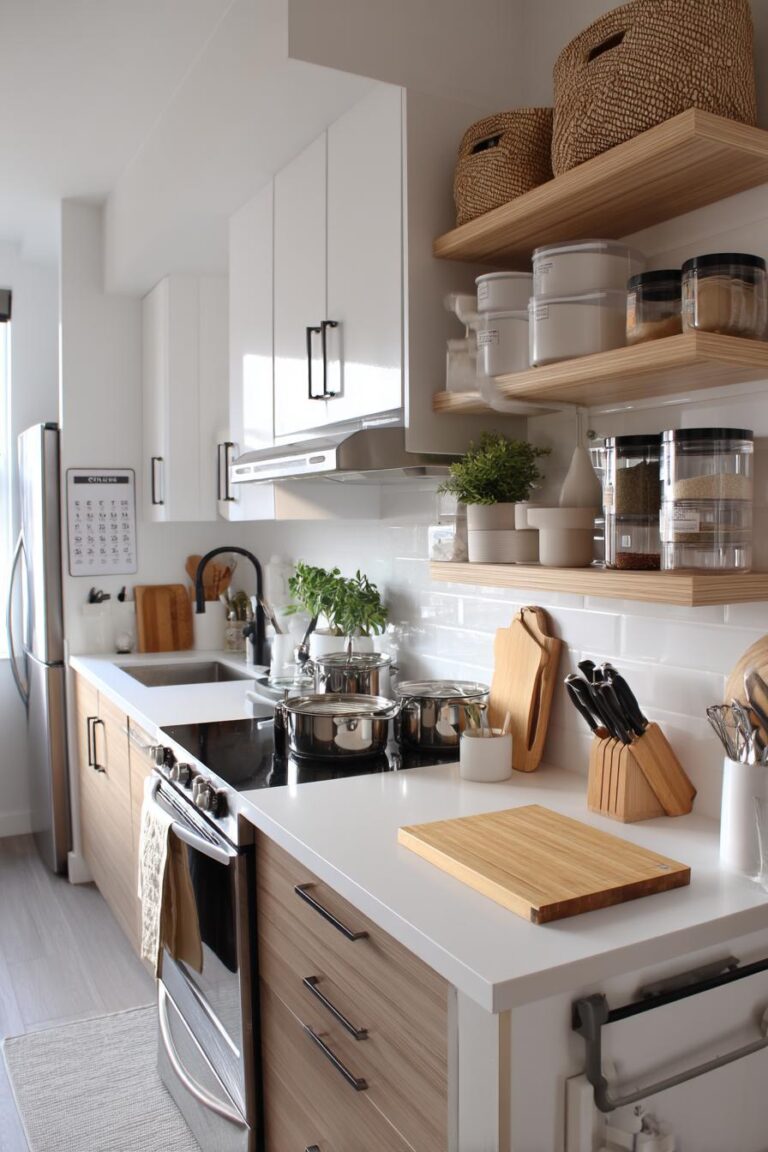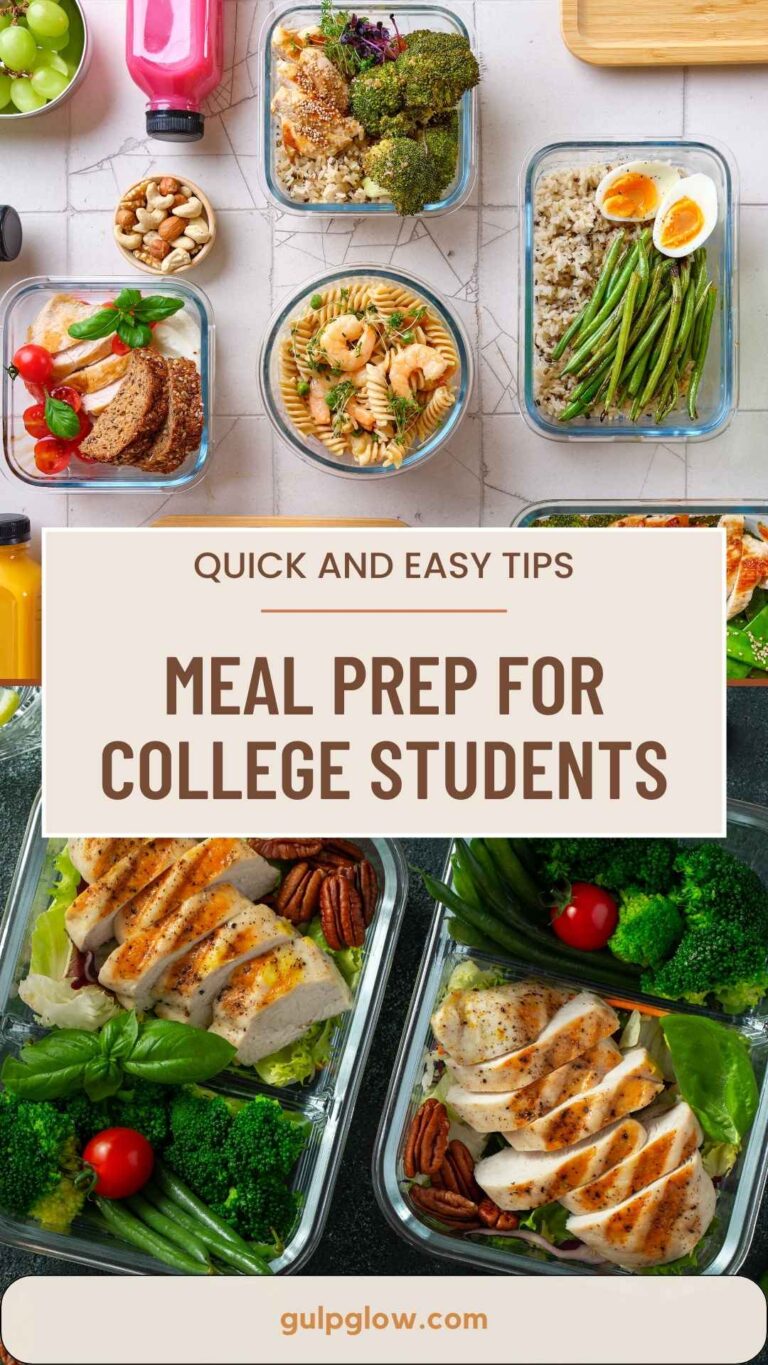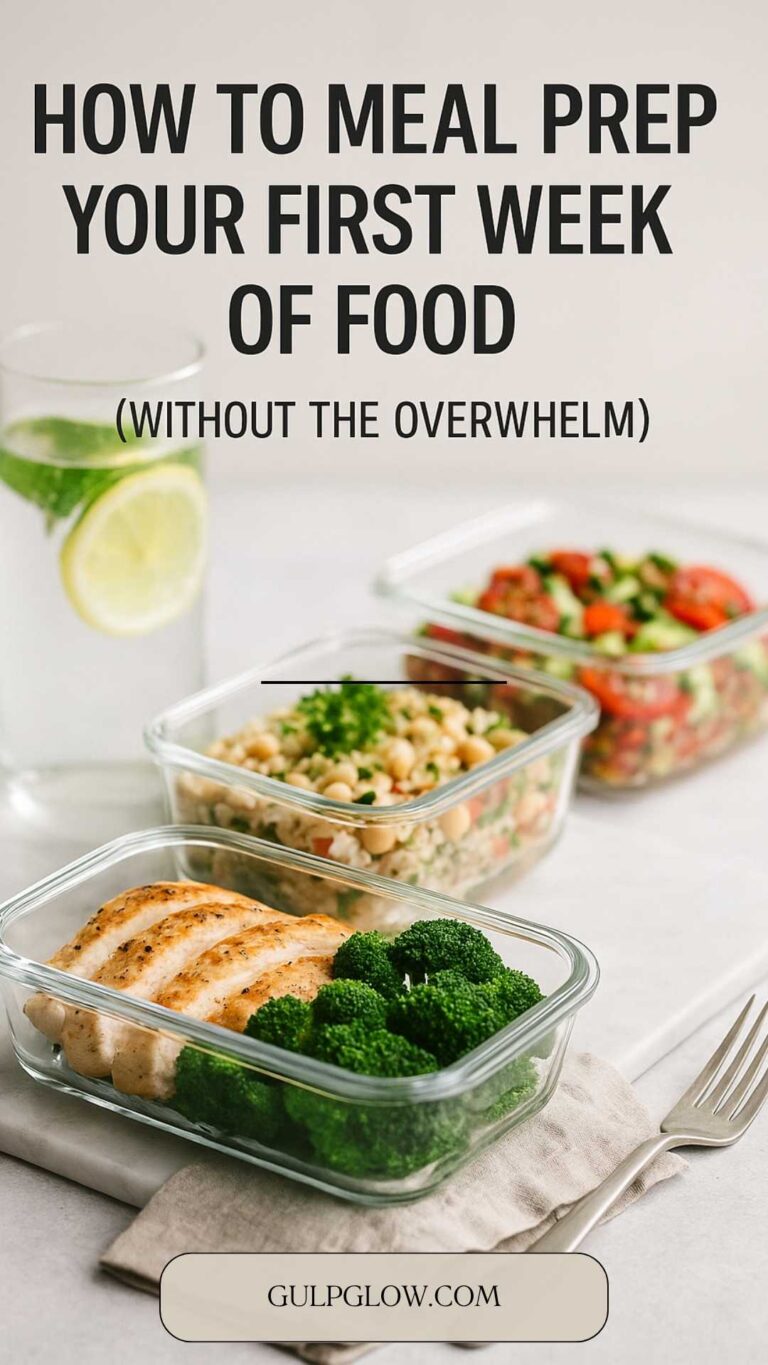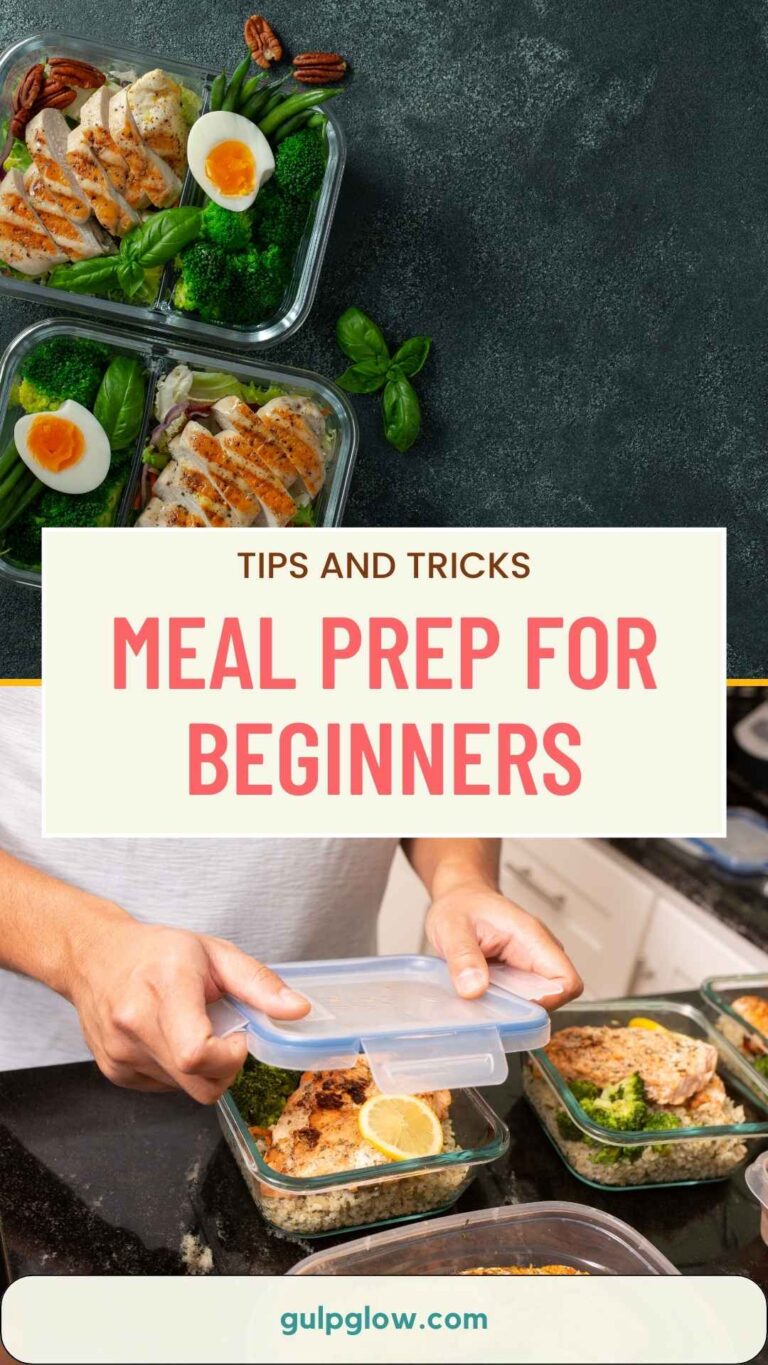Budget-Friendly Meal Prep Tips That Actually Work
Meal prepping can be a great way to save both time and money in the kitchen. With a little planning, you can whip up delicious meals that fit your budget. By preparing meals in advance, you can reduce waste, save money, and enjoy healthier food options throughout the week.
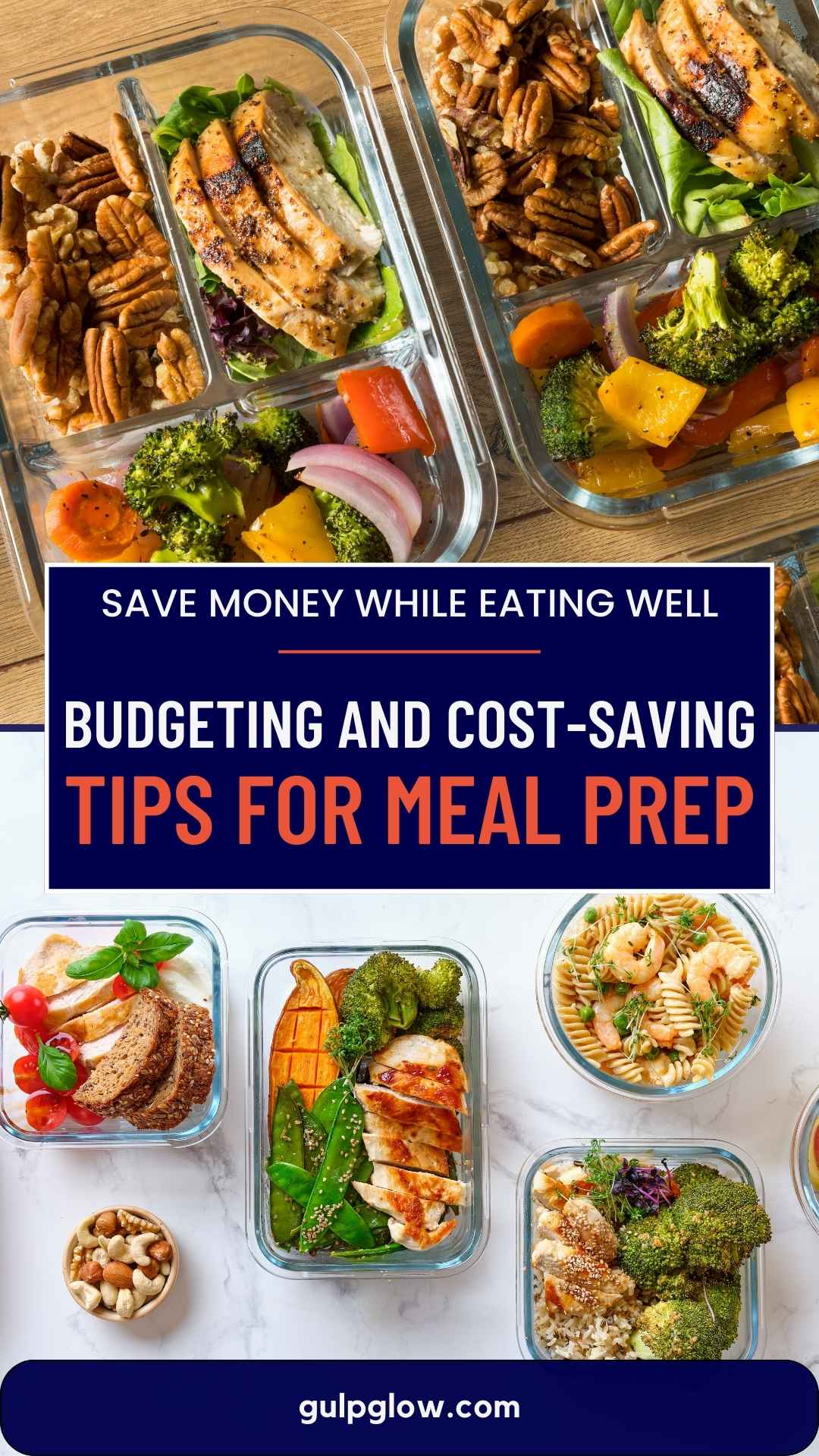
You don’t need a big budget to eat well. Using just a few affordable ingredients, you can create numerous meals that satisfy your taste buds and keep you on track financially. Simple strategies, like having a meal plan and making a shopping list, can make your meal prep more effective and fun.
Getting creative with your ingredients also helps you make the most of what you buy. Whether it’s using ice cube trays for storing leftovers or planning diverse meals to keep things interesting, there are many ways to stretch your budget. Dive into this article for tips and ideas that can transform your meal prep experience while saving you money.
Understanding Meal Prep Fundamentals
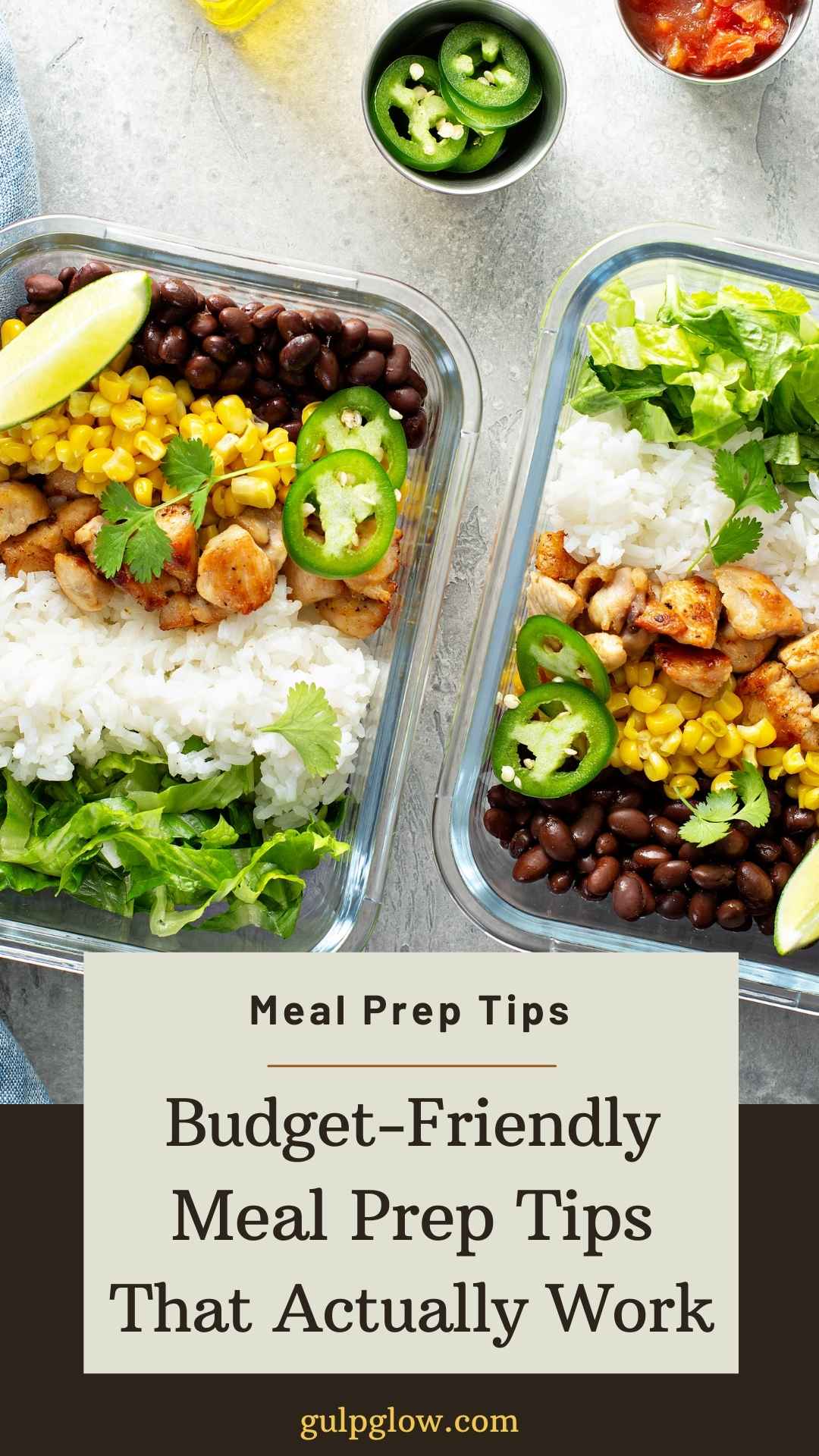
Meal prep is all about planning and preparing your meals in advance. This practice can save you time, money, and stress throughout the week. Here are the key aspects you need to know.
Defining Meal Prep
Meal prep involves cooking and preparing meals ahead of time to make your week easier. You can choose to prep for the entire week or just a few days. It often includes preparing proteins, grains, and vegetables in bulk. By planning your meals, you can avoid last-minute unhealthy choices and stick to your budget.
Benefits of Meal Prepping
Meal prepping has several benefits:
- Time-Saver: With meals cooked in advance, you won’t spend much time in the kitchen each day.
- Stay on Budget: Planning helps you buy only what you need, preventing impulse purchases.
- Healthier Choices: Having meals ready means you are less likely to grab fast food or snacks.
- Reduce Waste: Preparing portioned meals can help you use all your ingredients, cutting down on waste.
By focusing on what you need for your meals, you can make smarter choices.
Essential Tools for Meal Prepping
To get started with meal prep, consider gathering some essential tools. Here’s a list of items that can help:
- Containers: Invest in several airtight containers to keep meals fresh and organized. Choose sizes that fit your portions.
- Scale: A kitchen scale can help you measure out ingredients accurately.
- Cutting Board and Knives: Good tools make chopping and prepping faster and easier.
- Labels: Use labels to mark your containers with dates and contents, so you always know what’s inside.
Having the right tools makes meal prepping more efficient and enjoyable.
Strategic Meal Planning
Strategic meal planning helps you save money, time, and effort in the kitchen. With the right approach, you can create delicious meals while sticking to your budget.
Setting Your Meal Prep Goals
Start by setting clear goals for your meal prep. Think about what you want to achieve. Do you want to save money or eat healthier?
Consider these points:
- Budget: Decide how much you want to spend each week on groceries.
- Time: Determine how much time you can dedicate to cooking and prepping meals.
- Variety: Aim for a mix of recipes that keep meals interesting.
Write down your goals to keep you focused. This will help you make better choices when planning meals.
Creating a Meal Plan
Creating a meal plan is your roadmap for the week. Start by checking what ingredients you already have at home.
Next, use these steps:
- Choose a day: Dedicate time once a week for meal planning.
- Select recipes: Pick meals that use similar ingredients to reduce waste.
- Make a grocery list: Write down what you need based on your recipes.
This list will help ensure you only buy what you need, which saves money. If you find great sales, adjust your plan to include those items.
Incorporating Nutritious Meals
Healthy meals do not have to be expensive. Focus on incorporating nutritious options that fit your budget.
Here are some tips:
- Use seasonal produce: These fruits and vegetables are often cheaper and fresher.
- Buy in bulk: Staples like rice, beans, and pasta are usually less expensive when bought in larger amounts.
- Cook at home: Preparing meals from scratch can save money compared to dining out.
Try to include a balance of proteins, grains, and vegetables in each meal. This not only promotes good health but also keeps your meals varied and exciting.
Shopping Smart for Ingredients
Smart shopping can help you save money and reduce waste while preparing meals. With the right strategies, you can get the best ingredients without exceeding your budget.
Budget-Friendly Shopping Tips
When shopping, make a list based on your meal plan. This helps you stick to your needs and avoid impulse buys.
Check store ads for sales before shopping. Planning your meals around what’s on sale can save you a lot.
You can also use digital coupons and apps to find deals. Keeping an eye out for local discounts makes a big difference. Try to shop at stores that offer a rewards program to earn savings over time.
Lastly, avoid shopping when you’re hungry. This helps prevent buying snacks or items that aren’t part of your meal plan.
Buying in Bulk
Buying in bulk can be a great way to save money. This works well for items you use often, such as rice, pasta, or canned goods.
Look for bulk bins at your local store or consider wholesale clubs for larger quantities.
When you buy in bulk, check the price per unit. Sometimes, smaller packages can be cheaper. Make sure to compare prices. Also, store items properly to keep them fresh longer. You can freeze meats or store grains in airtight containers to extend their shelf life.
Remember to balance bulk buys with your cooking habits. Buy only what you know you will use to prevent waste.
Seasonal Purchases
Buying seasonal produce not only saves money but also guarantees freshness. Check what fruits and vegetables are at their peak during each season. For example, tomatoes are best in summer, while squash thrives in fall.
Visit local farmers’ markets to get deals on seasonal items. You often find better prices and fresher options.
When you buy seasonal foods, you can plan meals that highlight their flavors. These ingredients tend to be less expensive, making it easier to stick to your budget. You can also freeze extra seasonal produce to enjoy later in the year.
Efficient Food Preparation
Preparing meals efficiently can save you time and money, making your cooking routine smoother. By using effective techniques, you can maximize your resources and enjoy a mix of tasty dishes.
Batch Cooking Techniques
Batch cooking is a smart way to make meals in bulk. Choose a day each week dedicated to cooking several dishes. This way, you’ll have meals ready for busy days.
- Plan Your Menu: Decide on recipes for the week. Pick meals that share similar ingredients to make shopping easier and reduce waste.
- Cook in Large Portions: Prepare large batches of grains, proteins, and vegetables. You can portion them for different meals and store them in the fridge or freezer.
- Use Storage Containers: Invest in good quality containers. Clear, stackable containers make it easy to see what you have, saving time when you need to grab a meal.
Time-Saving Cooking Methods
Using the right cooking methods can help you prepare food quickly and efficiently. Here are some tips to speed things up in the kitchen.
- One-Pot Meals: Try recipes that cook everything in one pot. This makes cooking and clean-up easier. Dishes like stir-fries or soups are great options.
- Pressure Cooking: A pressure cooker can significantly reduce cooking time. You can prepare stews, grains, and even meats in a fraction of the usual time.
- Chop Ahead of Time: Spend some time prepping ingredients. Chop vegetables and store them in the fridge. This way, you can easily throw them into a dish when you’re ready to cook.
Using these methods can make your meal prep more efficient, helping you stick to your budget and save time.
Storing and Preserving Prepared Meals
Knowing how to store and preserve your prepared meals is key to saving time and money. Proper storage methods keep food fresh and safe to eat.
Best Practices for Food Storage
To keep your meals tasting great, follow these tips:
- Use Airtight Containers: Choose containers that seal tightly to prevent air from getting in. This keeps food fresh longer.
- Label and Date: Always label your meals with the name and date. This helps you keep track of what to eat first.
- Cool Down First: Allow warm food to cool down before sealing it. This prevents condensation, which can lead to spoilage.
- Organize in Your Fridge: Store items you need to use soon at the front. Place older meals at the back so you don’t forget them.
Using these practices helps minimize waste and ensures you enjoy your meals when you’re ready to eat.
Freezing Meals for Future Use
Freezing is a great way to extend the life of your meals. Here’s how to do it correctly:
- Choose Freezer-Friendly Recipes: Some meals freeze better than others. Soups, stews, and casseroles are good choices.
- Use Portion Sizes: Freeze meals in individual or family-sized portions. This makes it easy to thaw just what you need.
- Wrap Properly: Use freezer bags or plastic wrap to keep air out. Wrap items tightly to prevent freezer burn.
- Thaw Safely: When you’re ready to eat, thaw meals in the fridge or use the microwave. Avoid leaving food out at room temperature.
Beyond the Basics: Advanced Tips
Using Leftovers Wisely
Leftovers can be a great way to save money and time. You can transform them into new meals rather than letting them sit in the fridge. Here are some ideas:
- Repurpose Proteins: Use leftover chicken in a salad or stir-fry.
- Sauces and Soups: Turn leftover vegetables into a soup or sauce.
- Grain Bowls: Mix grains like rice or quinoa with veggies and proteins for a quick meal.
Remember to label your leftovers with dates. This helps prevent waste and keeps you on track.
Meal Prep for Special Diets
Adapting your meal prep to fit special diets can save money while meeting specific health needs. Here are some tips for various diets:
- Vegetarian/Vegan: Focus on bulk ingredients like beans, lentils, and grains. These are budget-friendly and nutritious.
- Gluten-Free: Use whole foods such as fruits, vegetables, and lean proteins. Buying in bulk lowers costs.
- Keto or Low-Carb: Purchase larger portions of meats and cheeses. Preparing them in advance helps you stick to your diet.
Planning meals ahead for these diets can help you avoid costly specialty foods. Keep it simple and stick to whole ingredients where possible.
Enjoying Your Meals
Making your meals enjoyable can enhance both your eating experience and your appreciation for meal prep. Focus on how you present your food and create a pleasant mealtime atmosphere.
Presentation and Plating
How your food looks can affect your appetite. Use colorful ingredients to make your meals more appealing. Arrange your food on the plate neatly. Here are some tips:
- Color: Use a mix of colors from vegetables and sauces to make your dish pop.
- Layering: Stack or layer items to add height and visual interest.
- Garnish: A sprinkle of fresh herbs or a slice of lemon can elevate your dish.
Making Mealtime Enjoyable
Setting the right mood during mealtime can transform your eating experience. Here are a few ways to make mealtime more enjoyable:
- Table Setting: Use cloth napkins and nice dishes, even during casual meals.
- Ambiance: Play soft music or light candles to create a welcoming atmosphere.
- Share: If possible, eat with family or friends. Sharing meals can make food taste better.
You might also consider making dessert, like cookies, to end your meal on a sweet note. Enjoying your meals, both visually and atmospherically, can make your meal prep efforts feel worthwhile.

